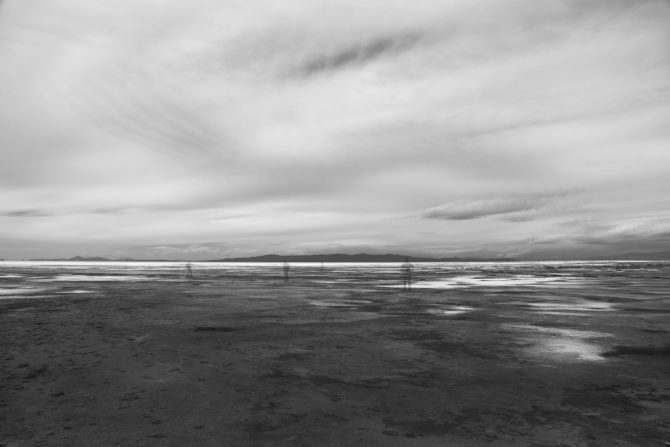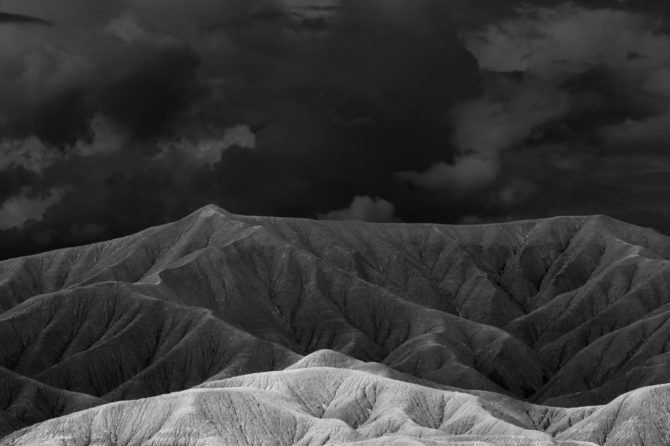Category: Equipment
November 28, 2019
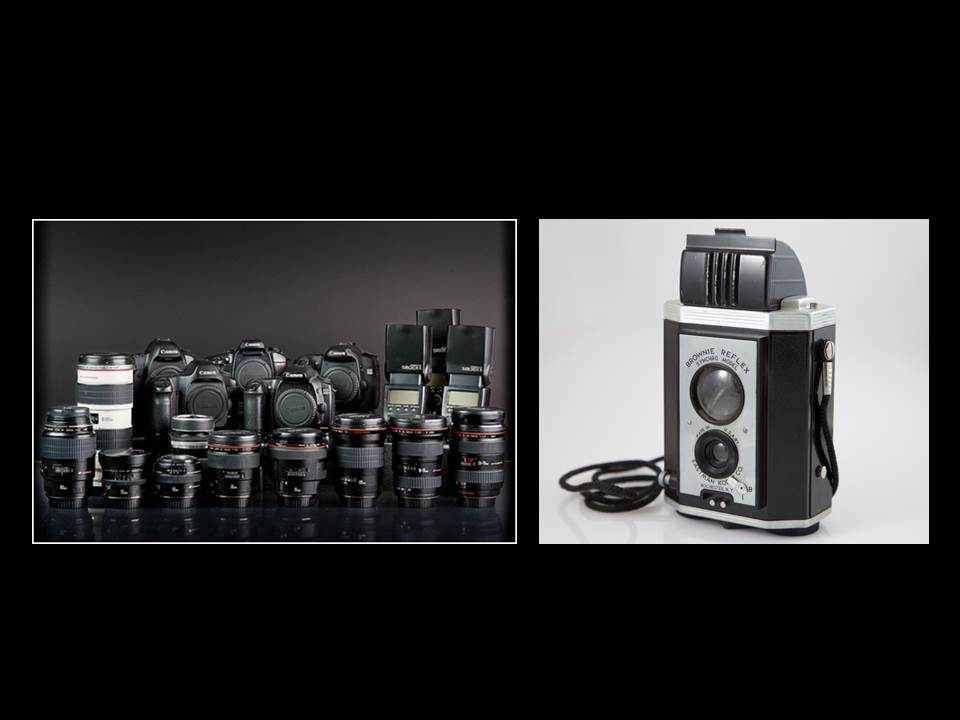
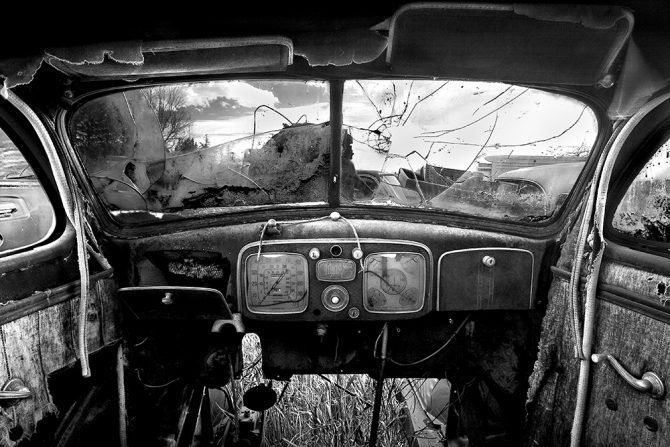
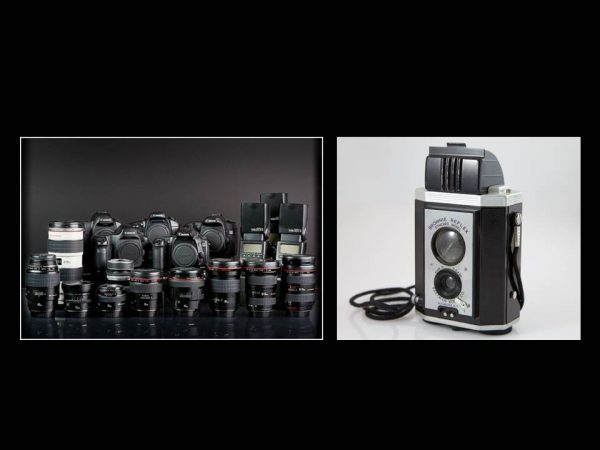


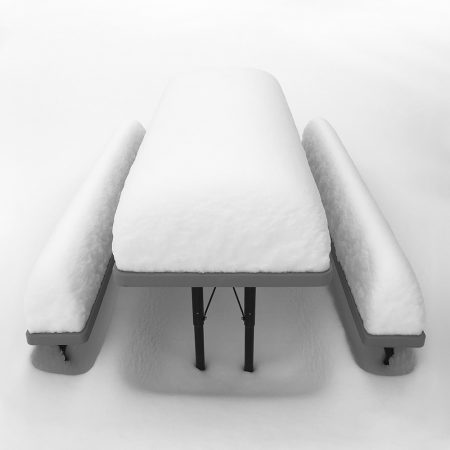
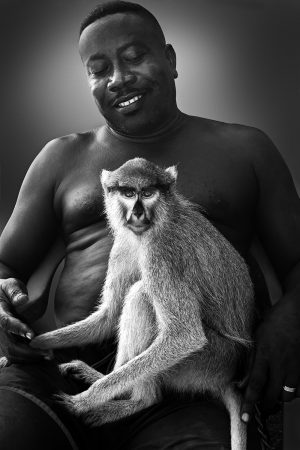

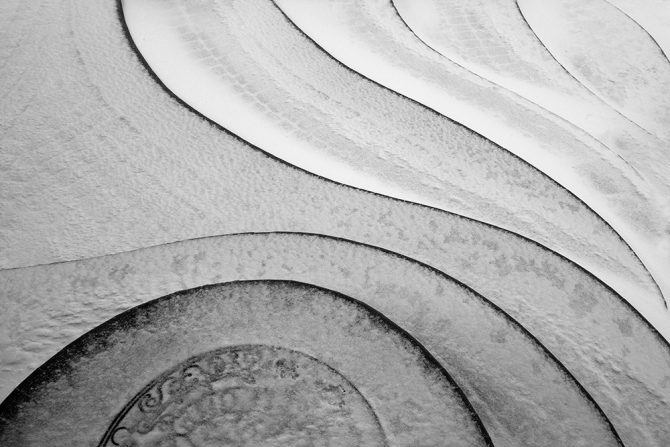
August 6, 2017
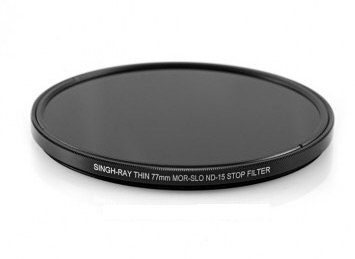
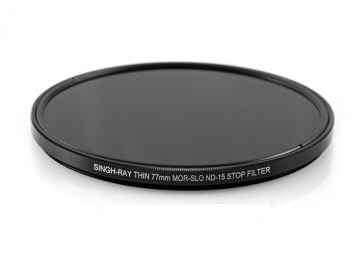
A huge thanks to Singh-Ray who heard that I had smashed my MOR-SLO 15-stop ND filter while in the Faroe Islands and then very kindly rushed me a replacement. Their generosity and thoughtfulness is greatly appreciated.
I am a big fan of Singh-Ray products. I use their polarizer, their Vari-ND and their MOR-SLO 5, 10, 15 and 20 stop ND filters. My primary filter is their 15-stop ND filter, it’s used in about 75% of my images!
Why do I use their products? Just one reason: the quality. I have used many different brands, and some of them are very good, but in my opinion Singh-Ray filters are the best.
I first learned of Singh-Ray when I heard about and purchased their Vari-ND variable ND filter. I was carrying that filter with me when I was visiting Auschwitz and the idea of photographing ghosts struck me. I could not have produced The Ghosts of Auschwitz-Birkenau project with a fixed ND filter, the Vari-ND made it possible.
Their 15-stop ND filter is the perfect number of stops for my work. With 15 stops I can shoot up to two minutes in bright sunlight and much longer in places like the overcast Faroe Islands. What happens when I need to go longer than two minutes? In the past I was forced to stack two filters which resulted in vignetting issues, but those days are gone with the Singh-Ray MOR-SLO 20-stop filter.
I love Singh-Ray ND filters!
Cole
P.S. I want to disclose that Singh-Ray has given me 2-3 filters over the years, including this replacement.
October 30, 2016


Run Aground – 2 minute exposure
I’ve just processed the first images from my Canon 5D Mark IV and wanted to report back on what I’ve found. To recap my previous post regarding the Mark IV: I love the new features and increased resolution, but my litmus test is how much noise there is on images with long exposures of 2 minutes and longer, and particularly those images that have been underexposed (which is how I shoot).
I’m happy to report that the Mark IV does much better than what I experienced with the 5DSr. Exposures up to 2 minutes are very clean. The image above was a 2 minute exposure and I was very happy with the quality and noise levels.
But what about images that are over 2 minutes? Here’s a 6 minute exposure:
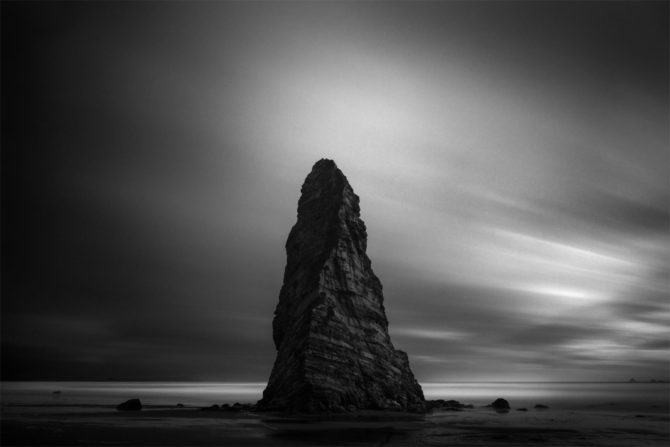
Monolith No. 97 – 6 minutes
This image was shot at sunset and was greatly underexposed (perhaps by 3 stops) due to the sun going down during the exposure. I found it had much more noise than a 2 minute exposure, but I was still able to work with it and salvage the image. So I was pretty happy about that.
Here is the same scene with a 2 minute exposure:
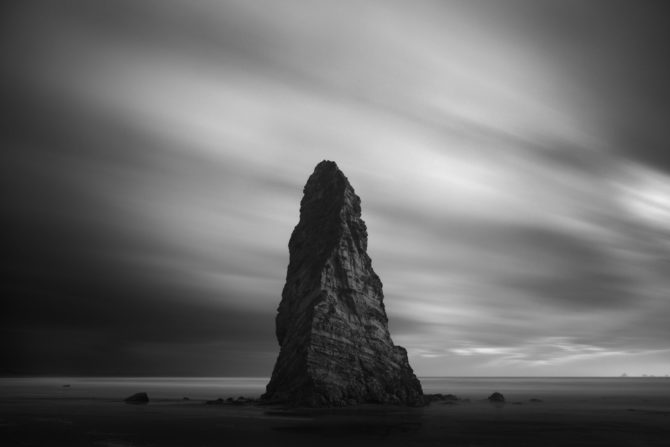
Monolith No. 98 – 2 minutes
There is no doubt that this image is cleaner and has less noise. But as I said, with a little extra work the 6 minute exposure was usable.
Patterning. I don’t really know what to call this phenomenon I’ve seen with the Mark III sensor, but I call it “patterning.” It’s a pixel pattern that shows dark streaking vertical lines in areas that have been heavily dodged and burned.
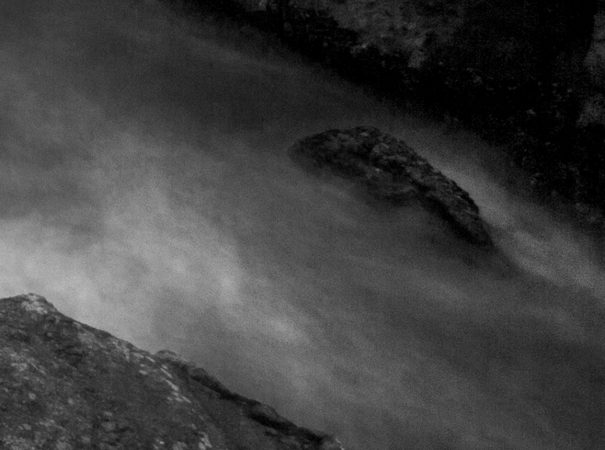
This is an example of light patterning from a Mark III image. Sometimes I have to back off my dodging and burning in these areas or I’ll break up the lines with dozens of healing brush taps.
Fortunately I have not yet seen this patterning appear with the Mark IV images, which is very encouraging. But again I’ve only shot and processed a few images.
Conclusion: I am very optimistic that the Mark IV images are going to serve me well with my style of long exposure and underexposed shooting.

Separation No. 2 – 30 seconds
October 14, 2016
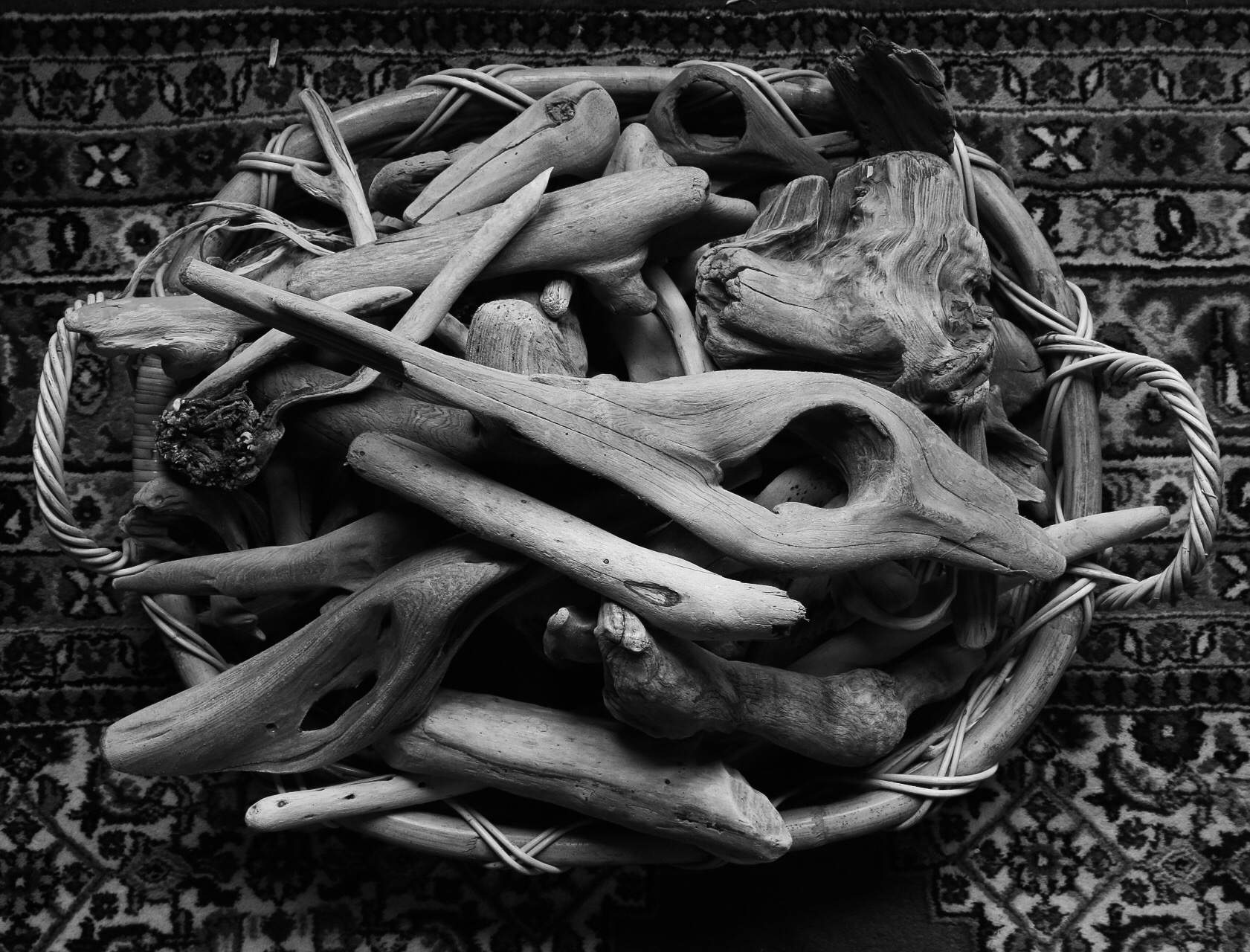
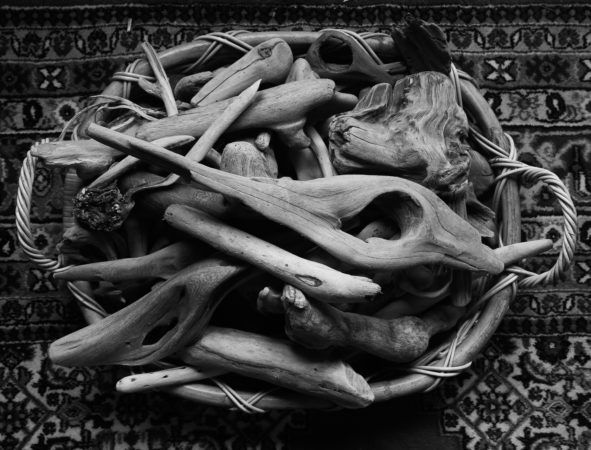
(Basket of Driftwood, my first Mark IV image)
I am in Bandon, Oregon and have just received my new Canon 5D Mark IV today. I have spent only a few hours with it and wanted to share my very, very first impressions.
First, it’s pretty easy to learn since it’s so much like the Mark III. That’s a good thing.
But they’ve added several new features that will make my life easier, including:
They have moved the position of the remote control terminal to the front of the camera. This means that you can now use the remote cable release and keep the left side connector covers in place. This is important because previous models have had a light leak on the left side when doing very long exposures. I’m hopeful that leaving the covers in place will now block the light leak.
The Camera now has a long exposure timer, something that they introduced on the 5DS. This means I can use Bulb mode to do very long exposures without a cable release, or more importantly, continue to shoot very long exposures if my cable release fails (as happened when my primary and backup cable releases failed on Easter Island).
A wonderful new feature allows the Mark IV to wirelessly transmit JPEG images to my iPhone. Here’s a Bandon image that I shot on the Mark III and then transmitted with the Mark IV:

My camera is set up to save a RAW and a JPEG, which I then transmit to the iPhone where I can do some minimal adjustments.
And then there’s the Mark IV’s sensor increase to 30 megapixels, which is a 7.5% improvement. I feel this is a more reasonable and balanced increase than what they did with the 5DSr going to 50 megapixels.
Which brings me to the real test of the camera (for me and my applications): how much noise is introduced by the new sensor during a very long exposure (greater than 2 minutes). If you will recall, I had a very bad experience with excessive noise on the Canon 5DS images
So I had the camera shipped to me here in Bandon, where I was hoping to do some long exposure work and put the camera to the test. However we have had two big storms and I’ve only been able to get out shooting twice.
And now they’re saying the storm arriving tonight will bring 80 mph winds, 40 foot waves and rain through the duration of my trip!
(audible sigh)
Cole

February 12, 2016
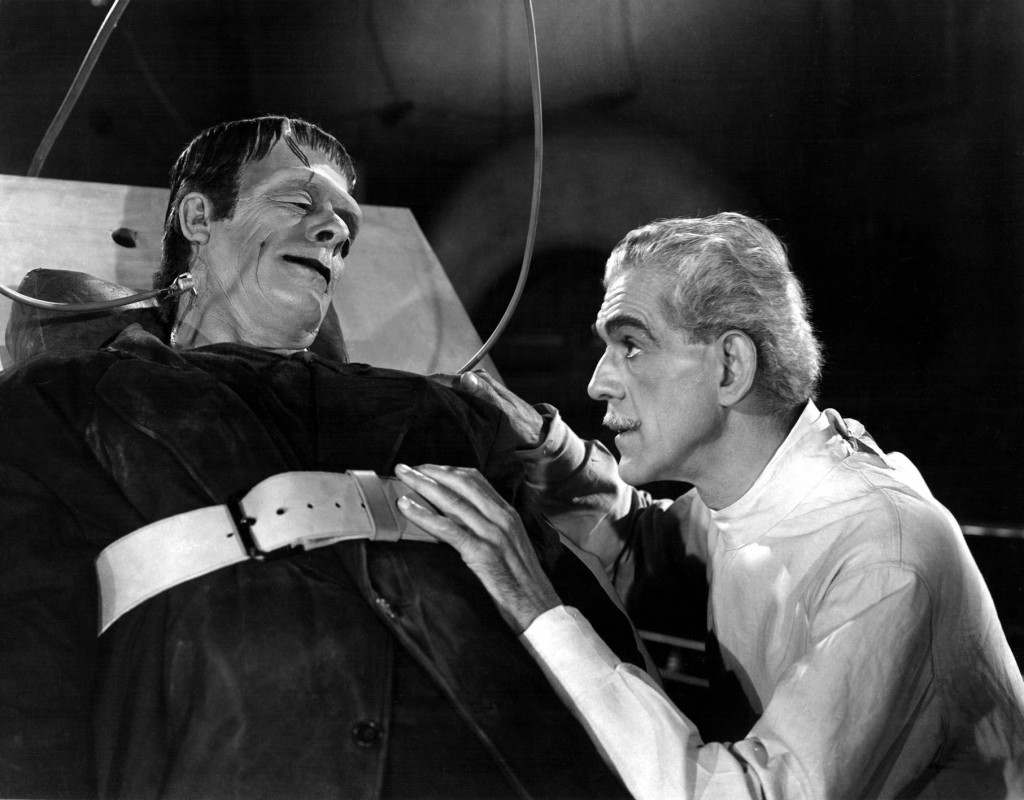
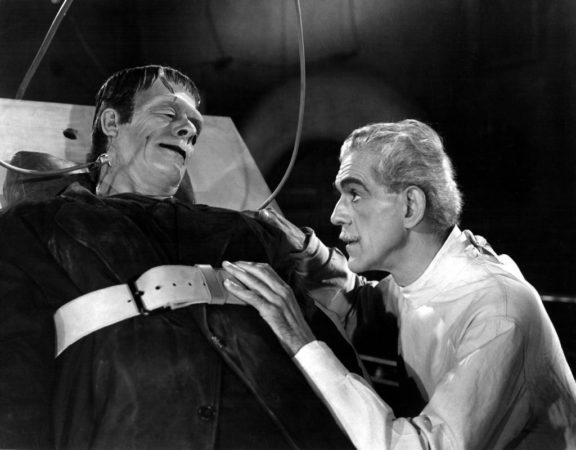
The images on my dead memory card are ALIVE!
All of them were successfully recovered thanks to Disk Doctors (www.DiskDoctors.com). They were fast and communicated with me daily during the recovery process.
After seeing the recovered images, I am so grateful that I chose to save them. Yes, it was expensive ($750) but that was much less than the other companies wanted and most importantly, I had a lot of good images on the card!
Here’s one of the images that I’m working on:
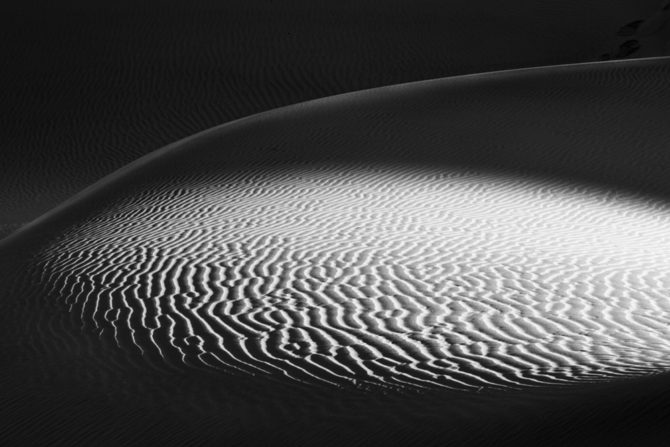
February 4, 2016
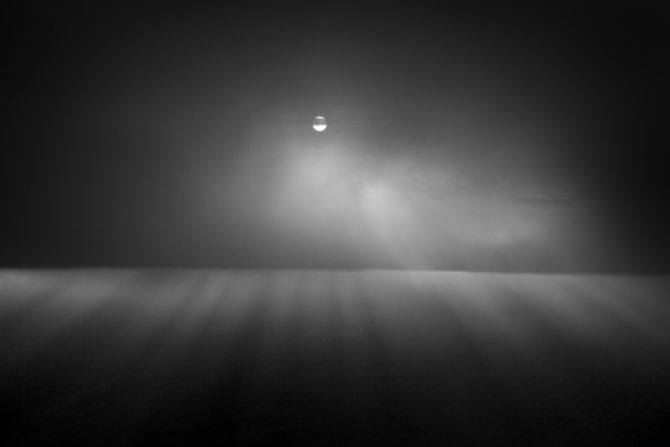
Beneath the Clouds – Dante’s View, Death Valley
The wonderful thing about hard lessons is that they create such strong and lasting convictions.
A couple of years ago on my annual Death Valley trip I was using my new Canon 5D Mk III and had hastily set it up before leaving on the journey. When I got home I realized that I had been recording in B&W JPEG mode and not in Color RAW mode. That was a very hard lesson because I lost many of the images and the remaining ones were not “what they should have been.”
And now Death Valley has once again been the location for another hard lesson.
My Mk III has two card slots and I have always set the camera to write to both cards simultaneously, using the second card as a backup. But after years of never having a card failure, I switched the camera to record to only one card.
Ironically I made that change on this trip and as fate would have it, the card died mid-trip.
I could not read the card with the camera and I could not read it with the computer. Windows could not even see the card (never a good sign) and I tried using three different recovery programs on it…without success.
So I started calling around to disk recovery services and after hearing prices as high as $2000 to recover the images, I finally went with a company that charged $650 and only if they successfully recovered the data. That’s a lot of money for some images, but after all the time and money I had spent on this three week journey, it is worth it to me.
The company was able to recover some of the images and the card is on the way back to me. Soon I’ll know how many of my images were saved. The image above and about 25 other dune images were captured on my second card, the one that should have been a backup of my data.
I’m always lecturing my kids that decisions shouldn’t be based on probabilities, but rather on consequences. The probability of a card failing is very low, in fact I’ve never had it happen once since I started using digital in 2004. But the consequences are high “if” it fails (some say “when” it fails).
The probability of my card failing was low, but the consequences were high.
The lesson learned? Write to both cards even if there is only a one in a million chance that the card will fail.
Cole
November 25, 2015
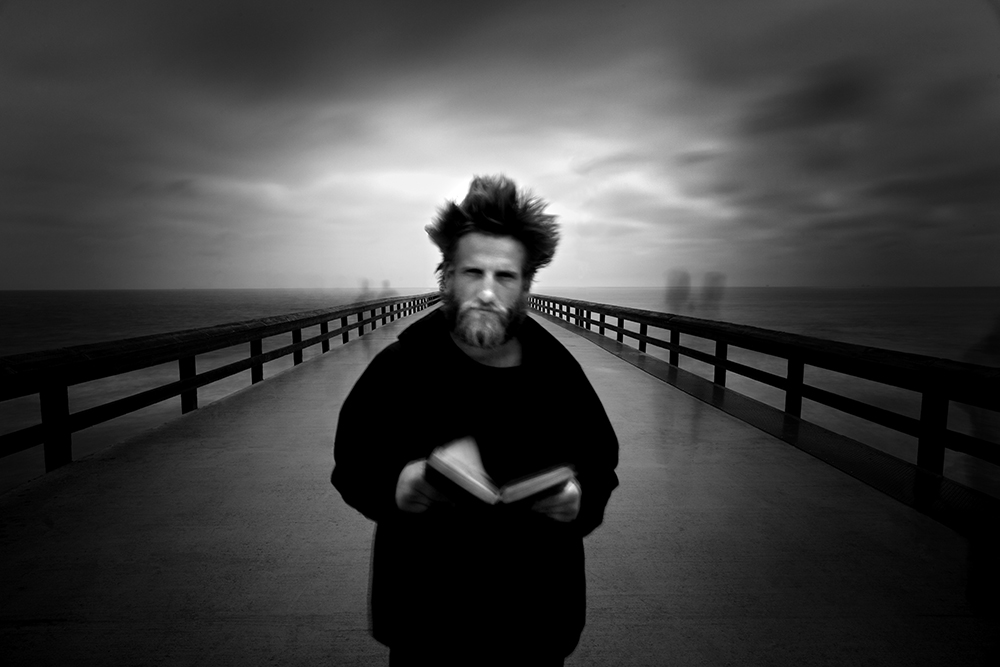
This is the Angel Gabriel.
I met him on the Newport Beach pier as he was eating French Fries out of a trash can.
He was homeless and hungry. I asked him if he would help me with a photograph and in return, I would buy him lunch.
The pier was very crowded and I wanted to take a 30 second exposure so that everyone would disappear except Gabriel.
We tried a few shots and then Gabriel wanted to hold his bible. The image worked and the only people you can see besides Gabriel are those “ghosts” who lingered long enough for the camera to record.
Gabriel and I then went into a restaurant to share a meal; he ordered steak with mushrooms and onions.
When it came, he ate it with his hands.
I discovered he was Romanian and so am I, so we talked about Romania. He was simple, kind and a pleasure to talk with.
I asked Gabriel how I might contact him, in case I sold some of the photographs and wanted to share the money with him.
He said I should give the money to someone who could really use it; that he had everything that he needed.
Then the Angel Gabriel walked away, content and carrying his only two possessions: a Bible and a bed roll.
_______________________________________________
My Dear Friends,
The Center for Fine Art Photography asked if I would help them raise money by offering (50) prints of Harbinger No. 1 (below) and of course I said “Yes!”
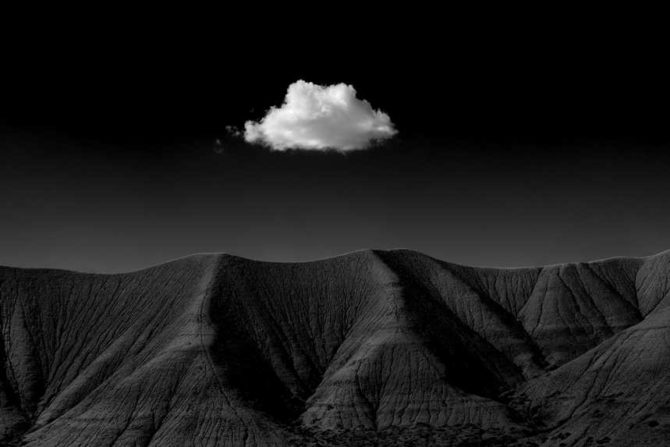
Well my printer died just as I was going to prepare them and so I fell behind schedule. And as soon as the printer was fixed, I rushed to print them.
But after I had printed 32 of the prints, it suddenly occurred to me that I was printing the wrong image! I was printing The Angel Gabriel and not Harbinger No. 1.
How did I make such a silly mistake? Well, I had just printed an order for The Angel Gabriel and then just kept going, not stopping to think about what I was doing.
Now I have a stack of prints of the Angel Gabriel and will offer those at the same price that The Center for Fine Art Photography is selling Harbinger No. 1:
$100 which includes shipping. The print is 8 X 12 on Hahnemuhle Photo Rag 308.
Now if you don’t know me, and I realize that many of you do not, you might think this is a staged event, a sales tactic to sell prints. Heck, I’d be suspicious of that also!
But it’s not a gimmick. It really happened exactly as I have said.
If you’d like to purchase a print of The Angel Gabriel, please send me an email at Cole@ColeThompsonPhotography.com and be sure to include your address.
Thanks and Happy Thanksgiving!
Cole
P.S. If you prefer Harbinger No. 1, please check out the “Double Double” promotion over at The Center for Fine Art Photography. Click here to see the promotion.
October 30, 2015
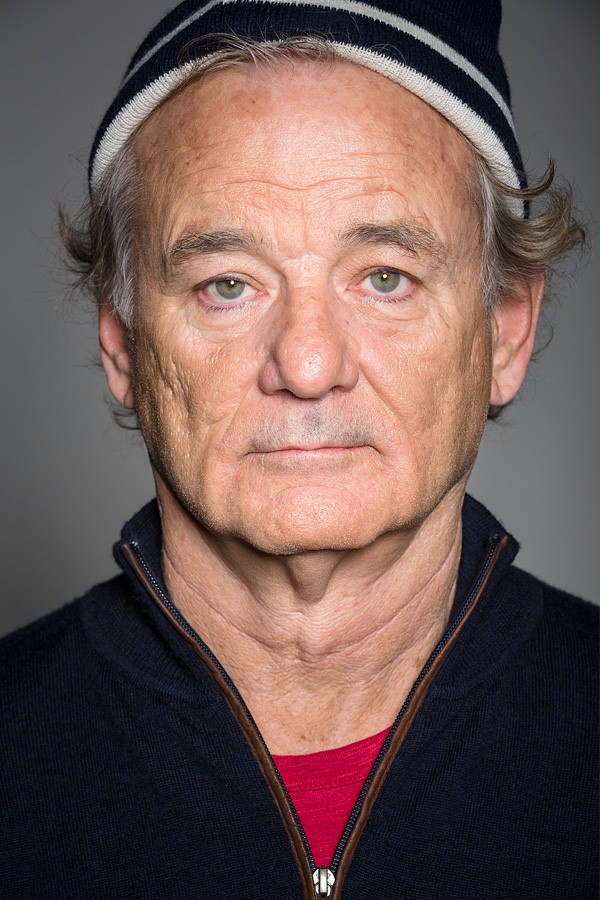
Nothing, other than they are both featured in this blog post.
Cole
He’s Not That Interested in Awards
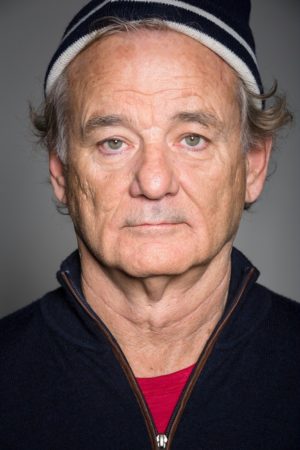
I was reading a short blurb about Bill Murray and how he’s a possible Oscar candidate for his role in St Vincent, here it is:
He’s not that interested in awards
While he won a Golden Globe for 2003’s “Lost in Translation” and got caught up in the excitement of his Oscar nomination for the same film, he’s come to realize awards are not the end-all, be-all of acting.
He told Variety in the fall of 2014 he wouldn’t campaign for an Oscar nomination for his well-received performance in “St. Vincent,” saying,
“I’m not that way. If you want an award so much, it’s like a virus. It’s an illness.”
(I like how Bill thinks!)
A Cheap Affordable Tablet
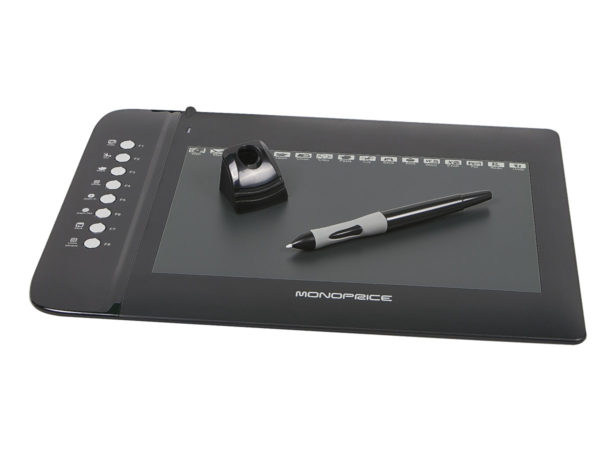
I recommend that people who want to dodge and burn purchase a tablet. However up to now tablets have been quite expensive.
Well I’ve just stumbled upon a tablet that is very affordable. I have not used it, but judging by its specifications it sounds pretty good! It’s offered by Monoprice which is a company I’m familiar with and regularly purchase from.
If you’re interested in trying a tablet, here’s a good sized one for a very reasonable $50 price.
http://www.monoprice.com/mobile/product/details/6814
If anyone purchases this, would you be sure to let me know how you like it?
July 31, 2015

Searching
The solution? I returned the camera.
The 5DSr is not the right camera for my long exposure work.
Cole
July 24, 2015
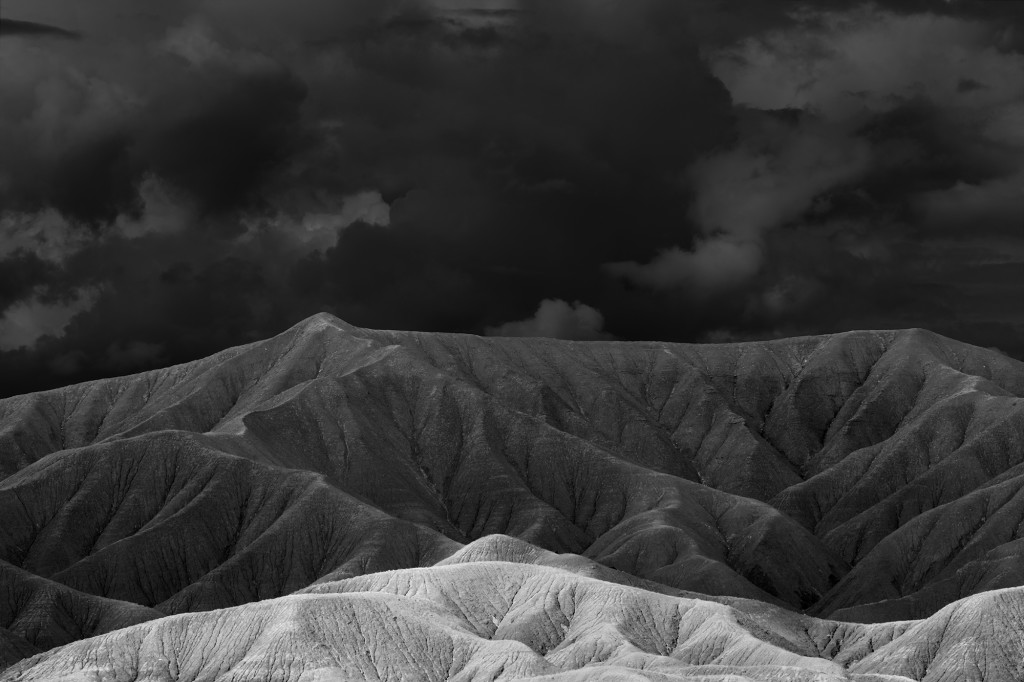
Overshadowed
I’ve returned from my first outing with my new Canon 5DSr and wanted to report back on what I thought of my first images.
The image above was shot at 1/80 of a second and I was impressed with the quality. I was able to blow it up much larger than images from the 5D Mk III and have it hold its detail. I am happy with the quality of this image.
The next image is from the Spiral Jetty on the Great Salt Lake, this image was shot at 240 seconds:
Spiral Jetty
The quality of this image was very disappointing. I opened the RAW file and it was so noisy that I didn’t think that I could salvage this image. By using the dust and scratch filter in Photoshop and by adding grain, I was able to make this image “acceptable.”
I suspected the noise came from the long exposure and I was in fact worried about this going in. The larger number of pixels packed into the same area means that the pixels are smaller and more prone to noise, especially during long exposures. But I didn’t expect this poor of a result.
I then found the same image that I had shot at 120 seconds and compared a blown up section of the two:

240 seconds
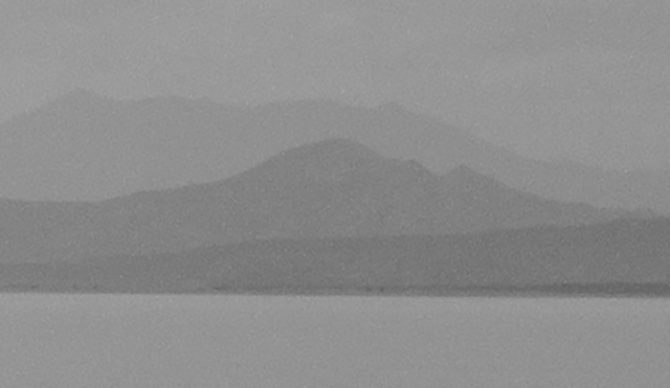
120 seconds
.
The noise at 120 seconds is reasonable while at 240 seconds the noise is completely unacceptable. I only have a few shots to judge this by, but all of my longer exposures have this noise and so I’m sorry to report that my first results with the 5DSr are disappointing from a long exposure perspective.
I will do some formal testing to see how exposure times affects noise levels. As I learn more, I’ll let you know what I find. And if you know something about this issue, please share it with everyone.
Cole


